Content
- Skeletal system – structure and function
- Muscular system – structure and function
- Antagonistic muscle action – prime movers, fixator, synergist
- Muscle fibres – characteristics of Type I, Type IIa, Type IIb
- Types of muscular contraction
How movements occur contributes to successful performance. The skeletal and muscular systems work closely together and are referred to as the musculo-skeletal system. This system will support movement analysis and improvement in technique.
Knowledge of the skeletal system and how it works helps us to understand movement and explains how skills are performed. The skeleton provides attachments for the muscular system for movement and offers protection for vital organs such as the cardio-respiratory and vascular system.
The average human adult has 206 bones that are divided into the axial and appendicular skeletons. The main functions of these skeletal systems are:
| Skeleton | Function | Bones | Sporting example |
|---|---|---|---|
| AXIAL | Protection Shape Red blood cell production |
Cranium Thoracic cage Cranium, thoracic cage, vertebral column, pelvis |
Heading the ball in football Landing on floor after a tackle in rugby Offers large surface area for muscle attachment |
| APPENDICULAR | Movement Muscle Attachment |
Upper Limbs:
Humerus, Ulna, Radius Lower Limbs: Femur, Tibia, Fibula |
Bowling in cricket Running in rugby Passing in netball |
It is important to know the major bones that meet (articulate) at the shoulder, elbow, hip and knee.
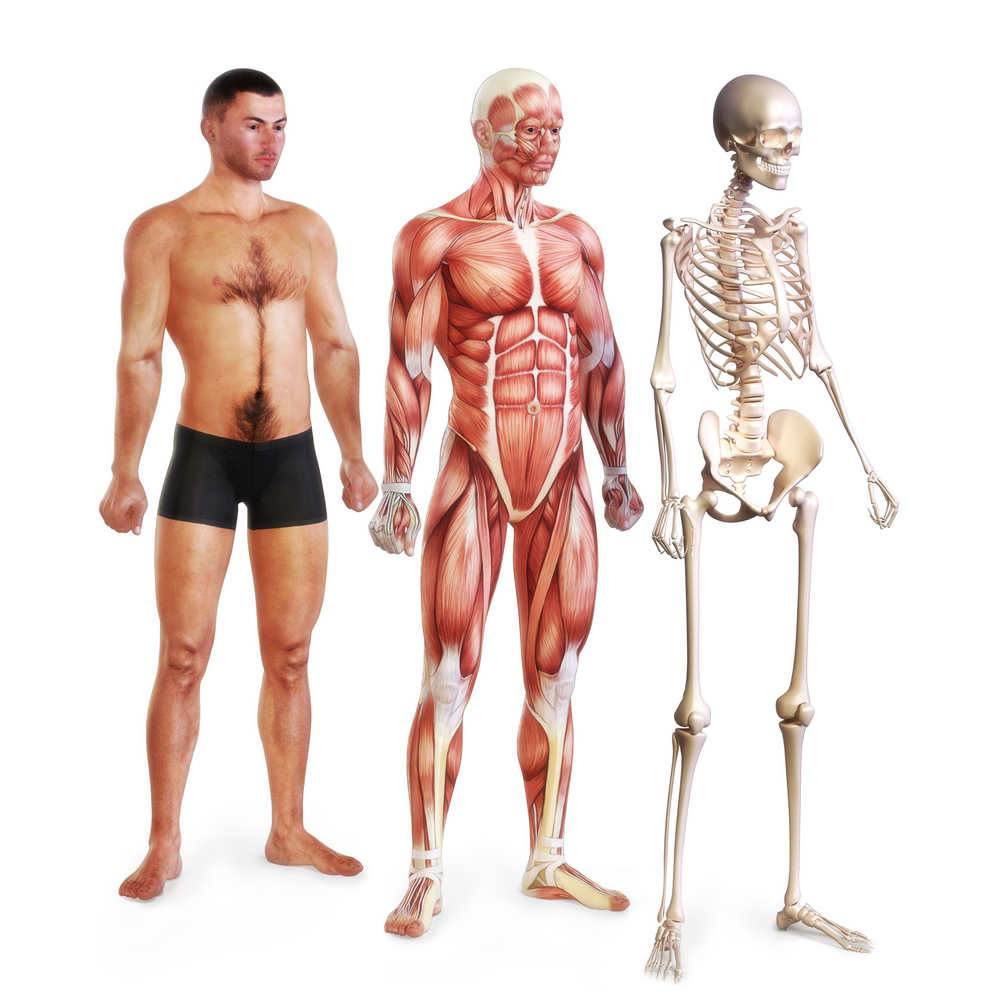
Bones are formed by the ossification of cartilage. This means is all bones start off as cartilage and they gradually turn to hard bone (ossification). Calcium is needed for strong bone growth.
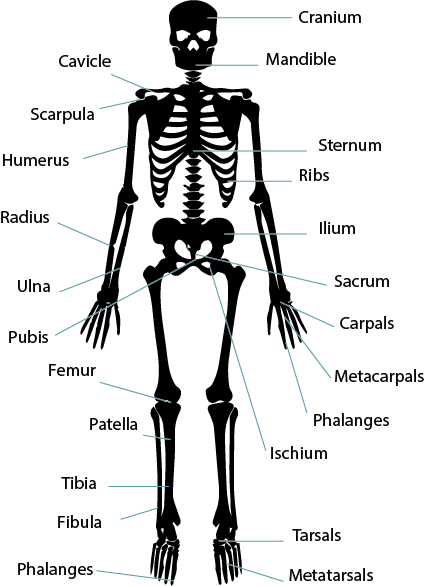
The human body consists of 5 types of bones; long, short, flat, irregular and sesamoid bones.
| Types of bone | Function | Example |
|---|---|---|
| Long Growth plates at its ends |
Made up of compact bone for strength Ends covered in articular (hyaline) cartilage aids with shock absorption Creates leverage system for movement |
Femur 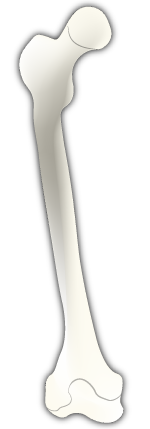 |
| Short As wide as long, with large amounts of bone marrow |
Provides support and stability | Wrist, ankle 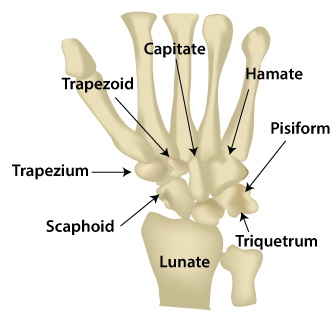 |
| Flat | Provides protection for vital organs Base for muscular attachment Highest number of red blood cells are formed |
Cranium, Scapular, Sternum 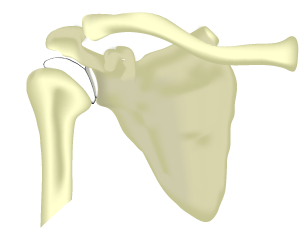 |
| Irregular Do not fall into any category |
Strength | Mandible, vertebrae 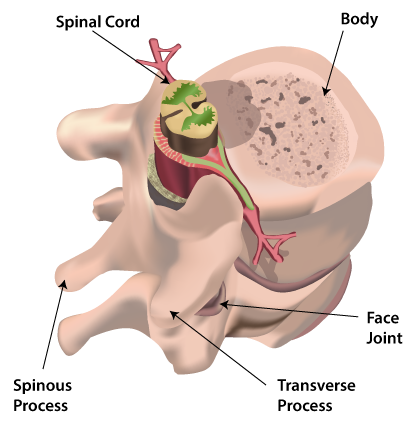 |
| Sesamoid Embedded in a tendon (tendon attaches muscle to bone) |
To protect the tendon | Patella 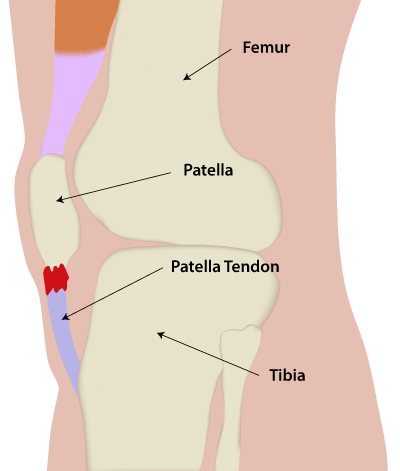 |
Skeletal Muscles are those that attach to bones and have the main function of contracting to create movement. They are also sometimes known as:
There are over 600 muscles in the human body, all working in pairs (antagonistic muscle action). Knowing the major muscles that cause movement around the shoulder, elbow, hip and knee allows us to analyse movement, the generation of focus and how to improve sporting performance.

Forceful contractions can vary allowing, fast movements or small precision actions. Skeletal muscle can only pull, when contracting the muscle pulls one of the bones towards another across a synovial joint.
As one muscle contracts to cause the movement another relaxes to allow the movement to take place. The muscle directly responsible for the movement is the agonist and the muscle that relaxes is the antagonist

Not all skeletal muscles fibres are the same. The different fibre types contract at different speeds and are suited to different types of activity. The body is made up of a combination of slow and fast twitch muscle fibres. There are two main types:
| Type I | slow twitch | oxidative | aerobic |
| Type II | fast twitch | glycolytic | anaerobic |
There are two types of Type II:
| Type IIa | Fast oxidative glycolytic | less force, more fatigue resistant |
| Type IIb | Fast glycolytic | greatest force |
Depending upon the duration and intensity of training Type IIa fibres are able to take on the characteristics of either Type I or Type IIb muscle fibres
| Structural Differences | |||
| Characteristic | Type I (oxidative) | Type IIa (oxidative glycolytic) | Type IIb(fast glycolytic) |
|---|---|---|---|
| Fibre size | Small | Large | Large |
| No of capillaries | Large | Moderate | Small |
| No of mitochondria | Large | Moderate | Small |
| Myoglobin store | High | Moderate | Low |
| CP stores | Low | High | High |
| Glycogen stores | Low | High | High |
| Functional Differences | |||
| Aerobic capacity | High | Low/moderate | Low |
| Fatigue resistance | High | Low/moderate | Low |
| Anaerobic capacity | Low | High/Moderate | High |
| Speed of contraction | Slow | Fast | Fastest |
| Force of contraction | Low | High | Highest |
| Activity | Long Distance | 1500m | Sprint |
As muscles contract over each other and along side bones it causes friction that is converted into heat, which in turn raises the core body temperature.
The effect of a raise in temperature of skeletal muscle:
Skeletal muscular contractions occur as a result of a stimulus being sent to the muscles to produce tension. Muscular contractions can be classified into either isotonic or isometric. Isotonic contractions can be sub divided into concentric and eccentric contractions.
The table below demonstrates the three types of contraction in relation top the biceps curl
| Isotonic contraction | |
| Concentric | Eccentric |
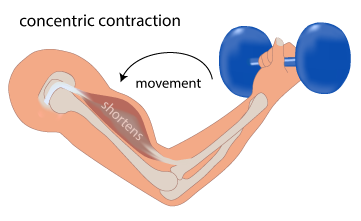 |
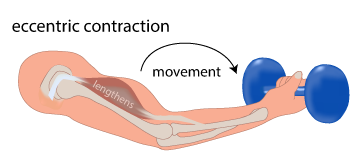 |
|
|
| Isometric contraction | |
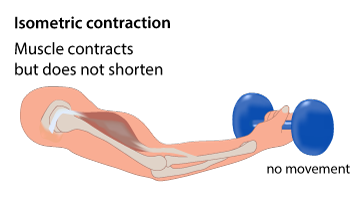 |
|